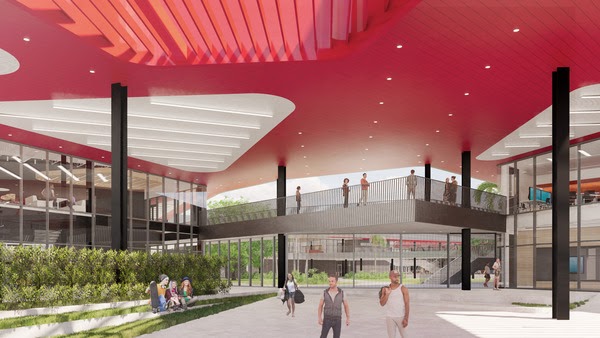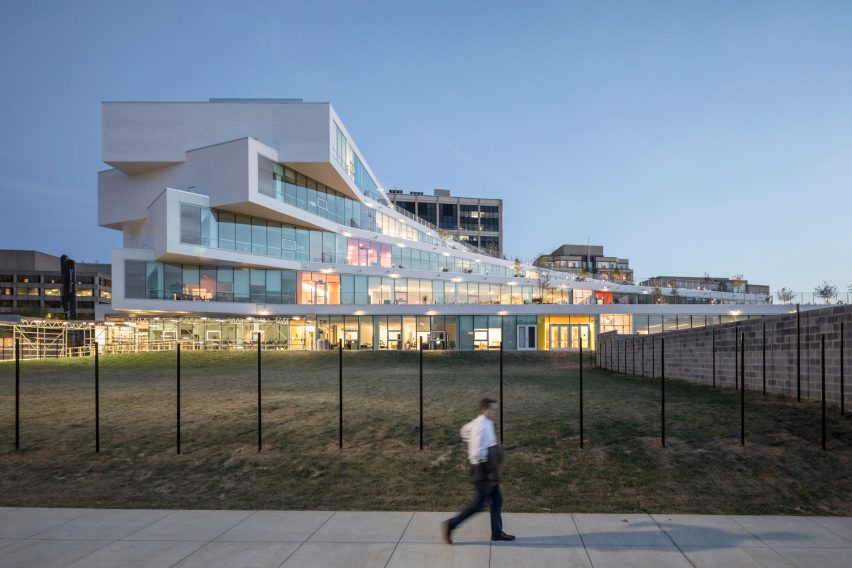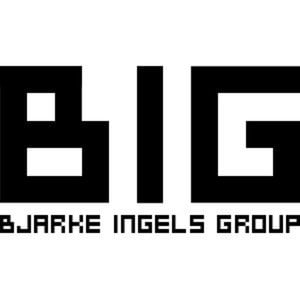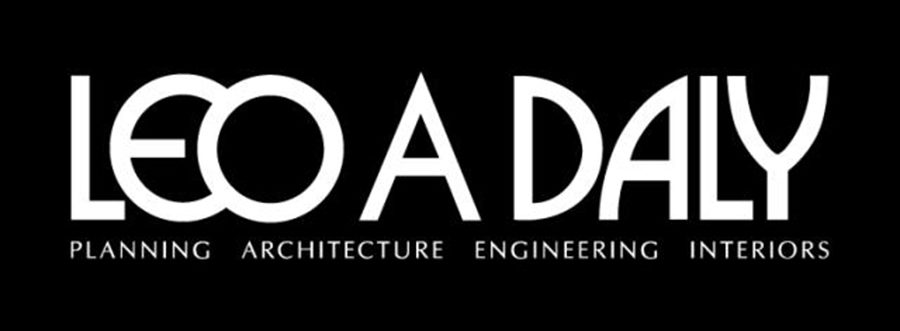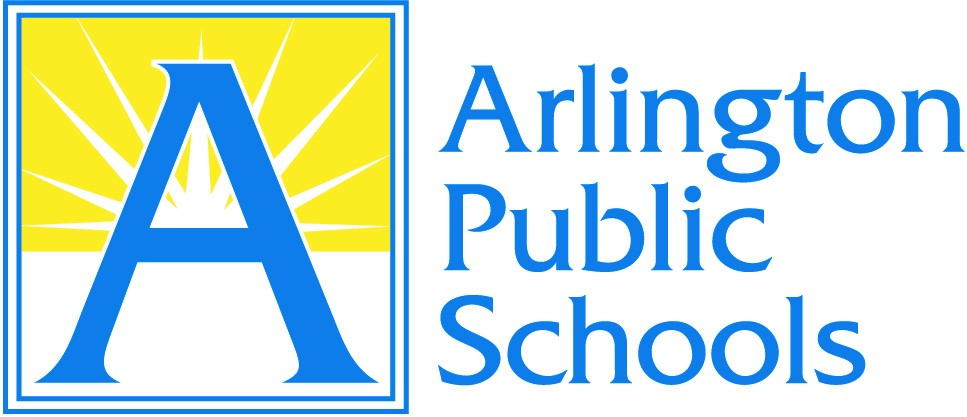There are many developmental facets that contribute to the overall wellness of a child, everything from a nutritious diet, physical activity, and access to nature. The policies, research, and grants that make these accessible for all schools are paramount within the educational ecosystem.
This session will begin with an abbreviated viewing of the video, “The Whole Child: Health and Wellness,” followed by a curated panel discussing progress on various fronts. Panelists will discuss wellness rated topics from architect-led research collaborations with public health and childhood obesity researchers, to implementation of the WELL Health-Safety Rating to bring back in-person learning with confidence. The culmination of research and successful public-private collaborations is in the synthesis of an exciting school building that will uniquely serve the students and community.
The panelists will offer insights into their work and attendees will be given an opportunity to participate in a live Q&A.
Panelists
Dina Sorensen, Assoc. AIA, LEED AP, Co-Chair AIA National CAE Research Subcommittee; Design Director, d.studio
Angela Spangler, MS, WELL Faculty, AEP, International WELL Building Institute
Michael Kmak, AIA, Associate Vice President, CannonDesign
Katie LaCourt, AIA, LEED AP BD&C, Senior Associate, CannonDesign
Moderator
Maureen Wiechert, AIA, Board Member, AIA NOVA CAE, Senior Associate, Cooper Carry
This is a free, 1.5-hour, virtual webinar.
Earn 1.5 AIA LU | HSW
After attending this event, attendees will be able to:
- Describe the educational experience for children that embraces developmental facets of the whole child to promote academic excellence through the advocacy of health and wellness.
- Discuss the designs, programs, and policies required to promote an optimal learning environment.
- Identify design and sustainable strategies that contribute to occupant wellness.
- Implement aspects of wellness into projects for all architecture and engineering disciplines.
Register online.
This event is brought to you by the AIA Northern Virginia Committee on Architecture for Education (CAE). The CAE is a forum for architects, educators, and civic leaders that promotes the exchange of ideas, best practices, and resources around learning environment design. To learn more or to get involved with CAE NoVa email cae@aianova.org. Follow CAE NoVa on Instagram to stay up-to-date with the latest news and activities.

